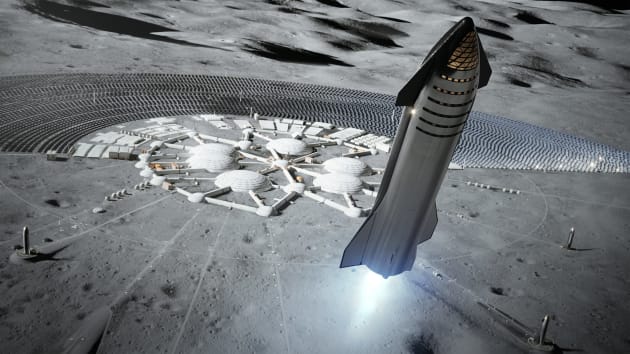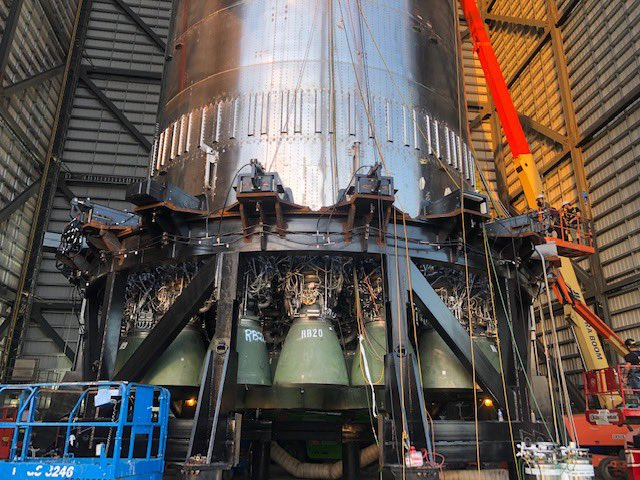The dangers associated with space travel have been amply demonstrated after an explosion at SpaceX’s facility in Texas.
Testing was underway for SpaceX’s Starship program for NASA, when a booster rocket burst into flames during a ground-test firing on Monday, Reuters reported.
This development could potentially derail Elon Musk’s ambition to launch Starship into orbit sometime this year.

Rocket explosion
Last month SpaceX reportedly faced a new potential regulatory delay to its plans to launch its Starship spacecraft into orbit for the first time.
The private space contractor has been developing a launch site in Florida, but NASA was reportedly concerned an accident at that site could damage infrastructure critical to the International Space Station, NASA space operations chief Kathy Lueders told Reuters at the time.
SpaceX accelerated development of its secondary Cape Canaveral, Florida launch facility last year after the FAA launched a review of its primary launch site in Boca Chica, Texas.
And now there has been explosion at the Boca Chica, Texas, which is not usual for the space industry.
According to Reuters, the explosion engulfed the base of the booster rocket in a ball of flames and heavy smoke and appeared to shake the video camera, and was specific to the engine spin start test, Musk reportedly said on Tuesday.
Yeah, actually not good. Team is assessing damage.
— Elon Musk (@elonmusk) July 11, 2022
“Yeah, actually not good. Team is assessing damage,” Musk said on Twitter after the explosion of the Super Heavy Booster 7 prototype, as seen in a livestream recorded by the website NASA Spaceflight.
“Going forward, we won’t do a spin start test with all 33 engines at once,” Musk said on Twitter.
The booster remained standing upright, bolted to a test gantry afterward.
Risky business
Issues like this are to be expected in the dangerous world of space travel.
The failure reportedly came in the midst of a days-long static fire test campaign in Boca Chica, Texas, of the booster, equipped with an array of 33 Raptor engines for use in an upcoming uncrewed orbital test flight SpaceX hoped to launch later this year.
In late 2020 and early 2021, SpaceX lost four prototypes of the Starship itself in a series of high-altitude test launches when the return landing attempts ended in explosions.
The Starship prototype finally made a safe touchdown in May 2021.
Lunar programme
SpaceX is working with NASA, and is developing a reusable two-stage rocket system designed to carry commercial satellites into orbit and to ferry humans to the Moon and Mars.

NASA last year chose the SpaceX system for its plans to carry humans to the Moon for the first time since the Apollo programme, much to the anger of Jeff Bezos and Blue Origin.
The next major milestone for the project is to successfully launch the vehicle into orbit, but the FAA’s long probe into the Texas launch facility’s environmental impact could impact this.





